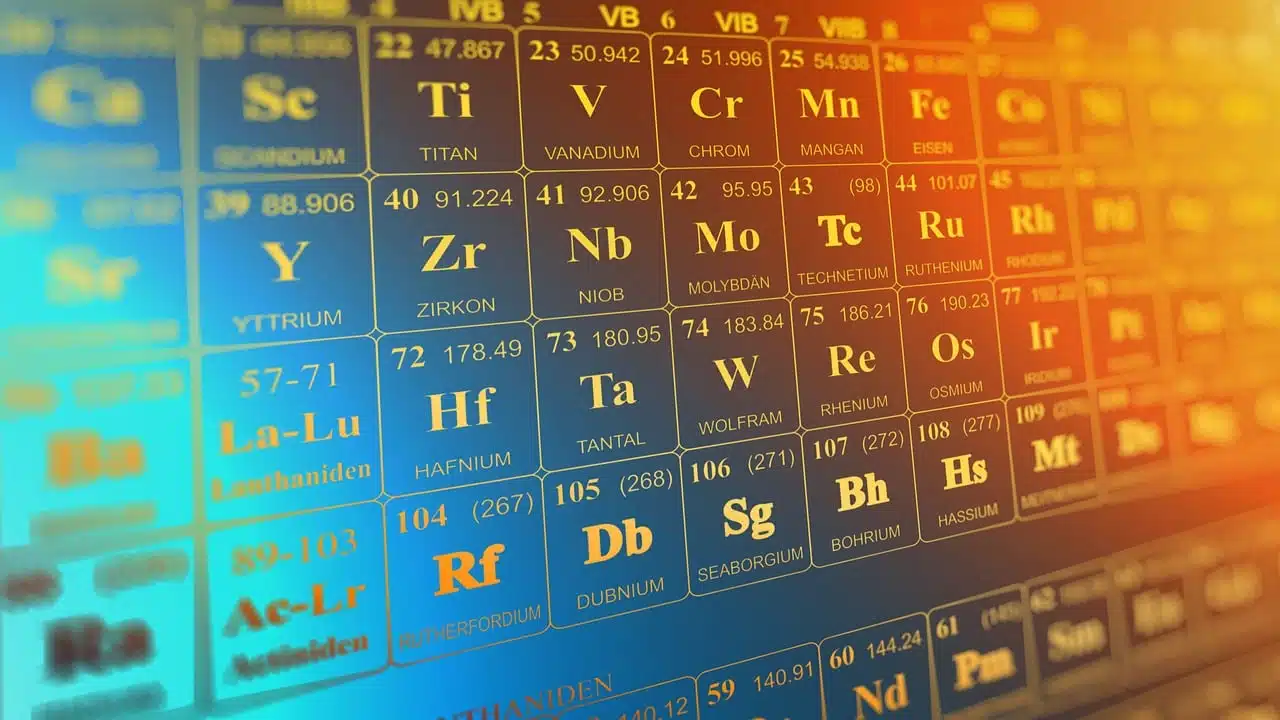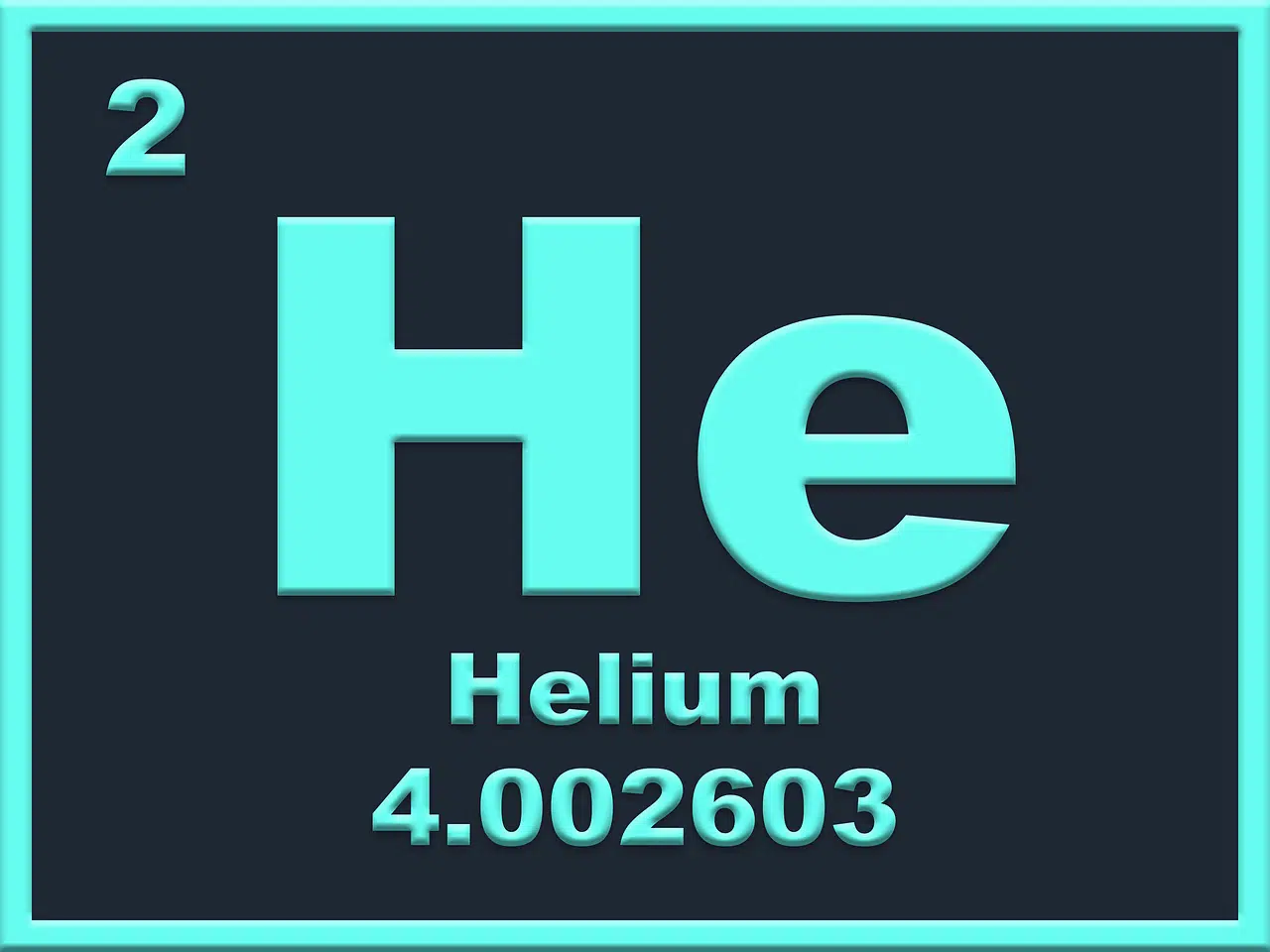
A chemical symbol is an abbreviated sign that refers to a compound or a chemical element without having to refer to its full name.
A chemical symbol is an abbreviated sign that allows you to recognize a compound or a chemical element , without the need to use its full name. For example: the chemical symbol for oxygen is O , the chemical symbol for hydrogen is H , and the chemical symbol for carbon is C.
From the Latin simbŏlum , a symbol is a representation of an idea whose features are linked to a social and arbitrary convention. These characteristics differentiate it from the icon (which replaces the object by similarity) and the index (which replaces by causality).
Arabic is, meanwhile, where the etymological origin of the word chemical is found. More specifically, it comes from the word kimiyá that was used to refer to the philosopher's stone. This establishes that this same root is the one that gave rise to the establishment of the term alchemy .
Chemistry , for its part, is the science that analyzes matter , studying its characteristics, structure and composition. The changes that matter develops during so-called chemical reactions are also part of its object of study.
Origin of chemical symbols
Many of the chemical symbols come from the Greek letters corresponding to the name of the element in Latin. Others derive from the name in French, English, Russian or German. The letter that begins the chemical symbol is specified with a capital letter, while the second (in the cases in which it is used) is specified in lower case.
Among the chemical symbols that have more than one letter, there are Am ( americium ), Ba ( barium ), Cd ( cadmium ), Fr ( francium ), Hf ( hafnium ) and Os ( osmium ), among others.

Chemical symbols may include one or two letters.
Its use in Antiquity
However, we must not forget that the use of symbols to represent the various elements and components of chemistry was already an activity that was carried out in Antiquity . A time when the same task was also used to identify the products used in the aforementioned alchemy.
Thus, we find, for example, the fact that the ancient Egyptians, as the French scholar Berthelot made known in the 19th century , left a record of their symbols in hieroglyphs. In this way, in these documents they can discover graphic representations that identify elements such as gold, iron, silver or copper. Specifically, these were represented by the Sun, the planet Mars, the Moon or Venus respectively.
Aluminum, arsenic, beryllium, carbon, calcium , cobalt and hydrogen are other chemical elements that the Egyptians, and also the Greeks, represented in their documents using various symbols. And this has been demonstrated by various scientists and historians who in recent centuries have dedicated themselves to studying the aforementioned in depth. Among the scholars of this subject we must highlight the Englishman John Dalton .
It is common for the symbol to represent an atom of the element although, when the atom has a fixed mass, the symbols represent the molar mass of the element ( mol ). In addition to their role in abbreviation, chemical symbols are used in equations and formulas to mention a constant relative amount of the element.
